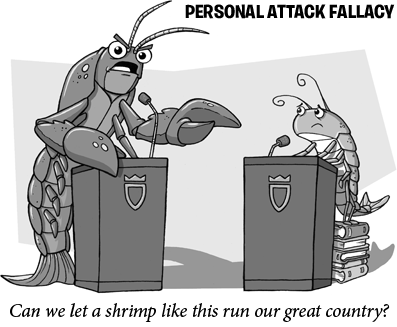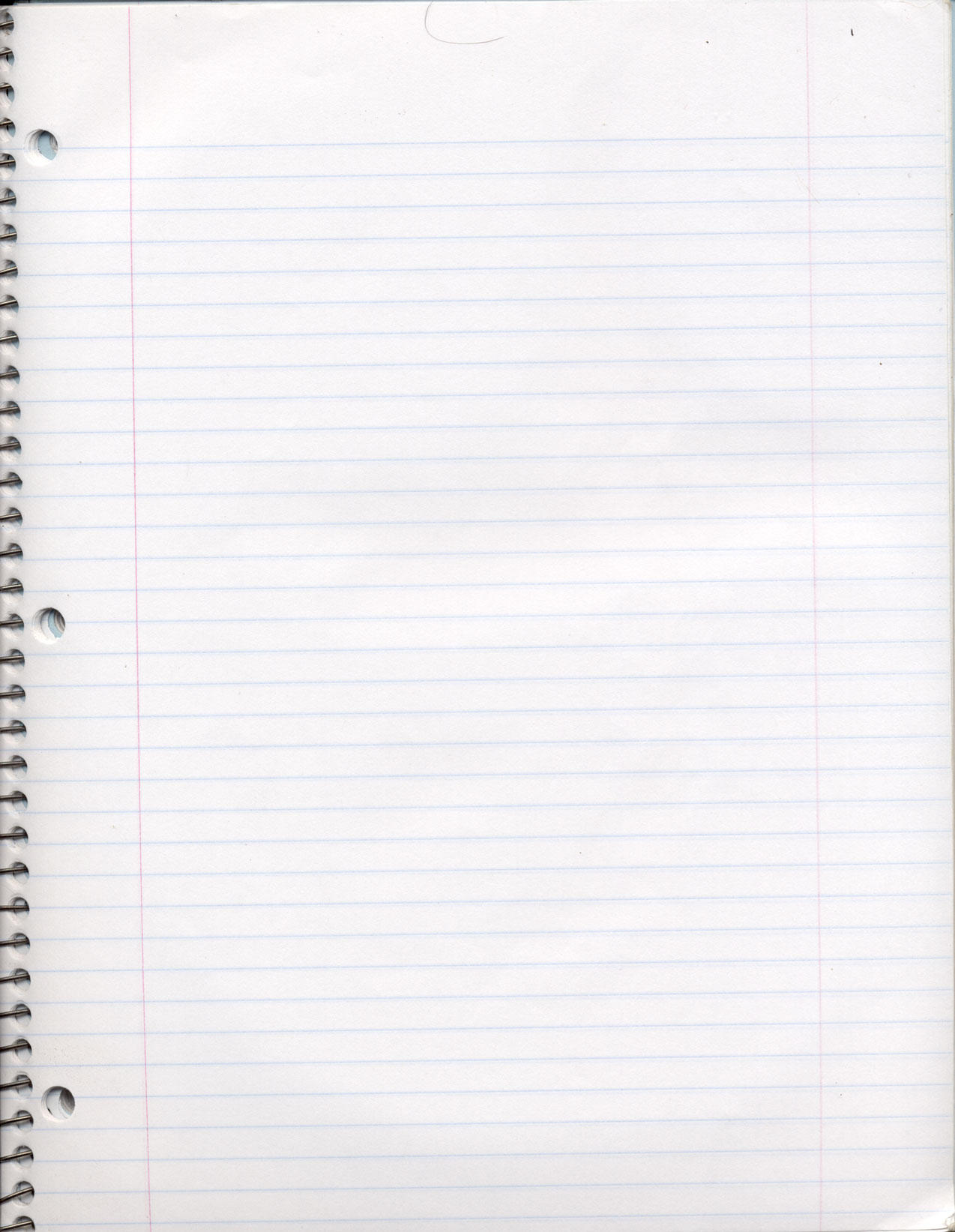The Wikipedia page is actually a pretty good listing and overview of logical fallacies, and I even saw some of them in your papers...
They were good for the most part. Stop worrying so much!
But I'd like for us to collaborate and make our own collection of logical fallacy definitions and examples. Let's not just copy the Wikipedia page; let's do something of our own.
One of my personal favorites is the ad hominem fallacy. We see this all the time in politics, and elsewhere...
An ad hominem fallacy literally means "to the man" from the Latin, and is simply an attack on the person rather than the issue at hand.
Here are two funny examples I found.

This time though, I don't want you to use your blogs. We're going to collaborate using a program called Sync.in, which allows users to each update the same page at the same time like magic! It's great and easy to use, and we'll just each post a fallacy there with its definition and an example from the internet, which could be in any medium: video, text, images, audio...
Grammar Review:
Sexist Language:
So, the English language has no neutral singular reflexive pronoun...
And I know what you're thinking. You're thinking... "Gosh, I love grammar review."
What this means for you and me is that there isn't a generic way to refer back to a singular person disregarding his or her gender (there... you see that his or her?).
Let's look at some examples:
The stranger came across the room because they wanted to hurt Fluffy.
This is grammatically incorrect because they refers to... the stranger. And the stranger is singular, but they is plural.
But we may not know the gender of the stranger. So, if not, the only fix that we have is this:
The stranger came across the room because he or she wanted to hurt Fluffy.
Or, we could try to rewrite the sentence to get some other work around.
We use they incorrectly because of a hole in our language and because we want to be gender neutral.
Sometimes we even make up ridiculous sounding words to account for the lack...
Anyone who arrives at the door can let themself in using this key.
Most often, in your writing, you should just pick a gender.
Anyone who arrives at the door can let himself in using this key.
Some folks have tried to come up with a singular pronoun that could refer back to a singular noun, but none of them have stuck. Here are a few of the failed contenders:
Ne
E
Ey
Hy
ThonVe
Xe
Ze
Zhe
Can you imagine writing, "If anyone is confused, zhe should ask a question"?
Your Daily Assignment:
Add your own fallacy, with its definition and a good example to the Sync.in page at http://sync.in/jVAO61GQNN.
Keep chugging away at those papers. The first draft is due Monday.
Keep hanging in there folks. We've only got like two weeks left, only 8 class days! You're going to make it!















